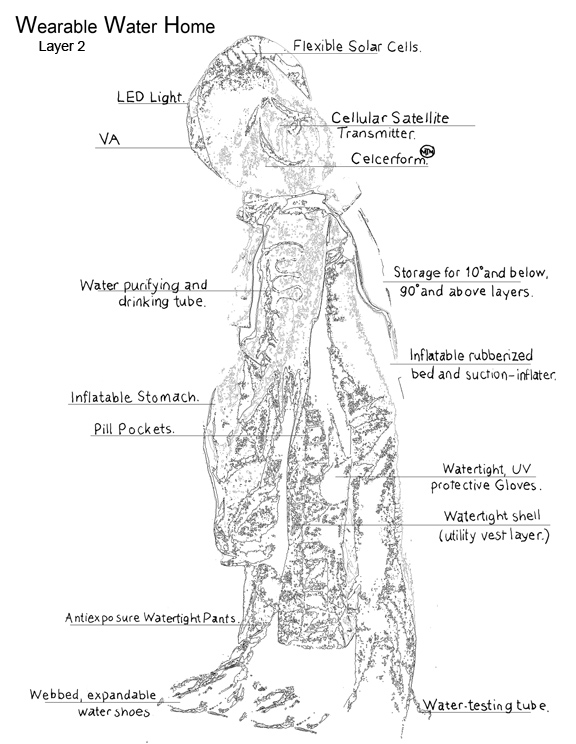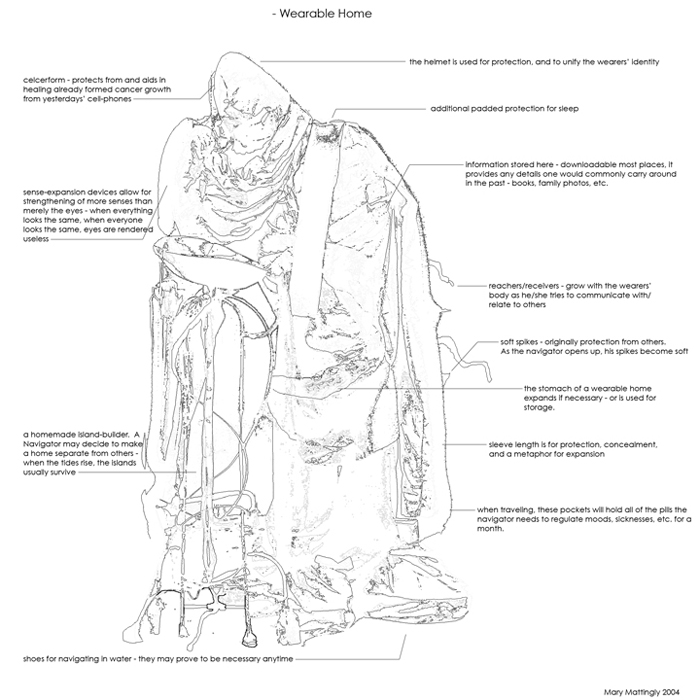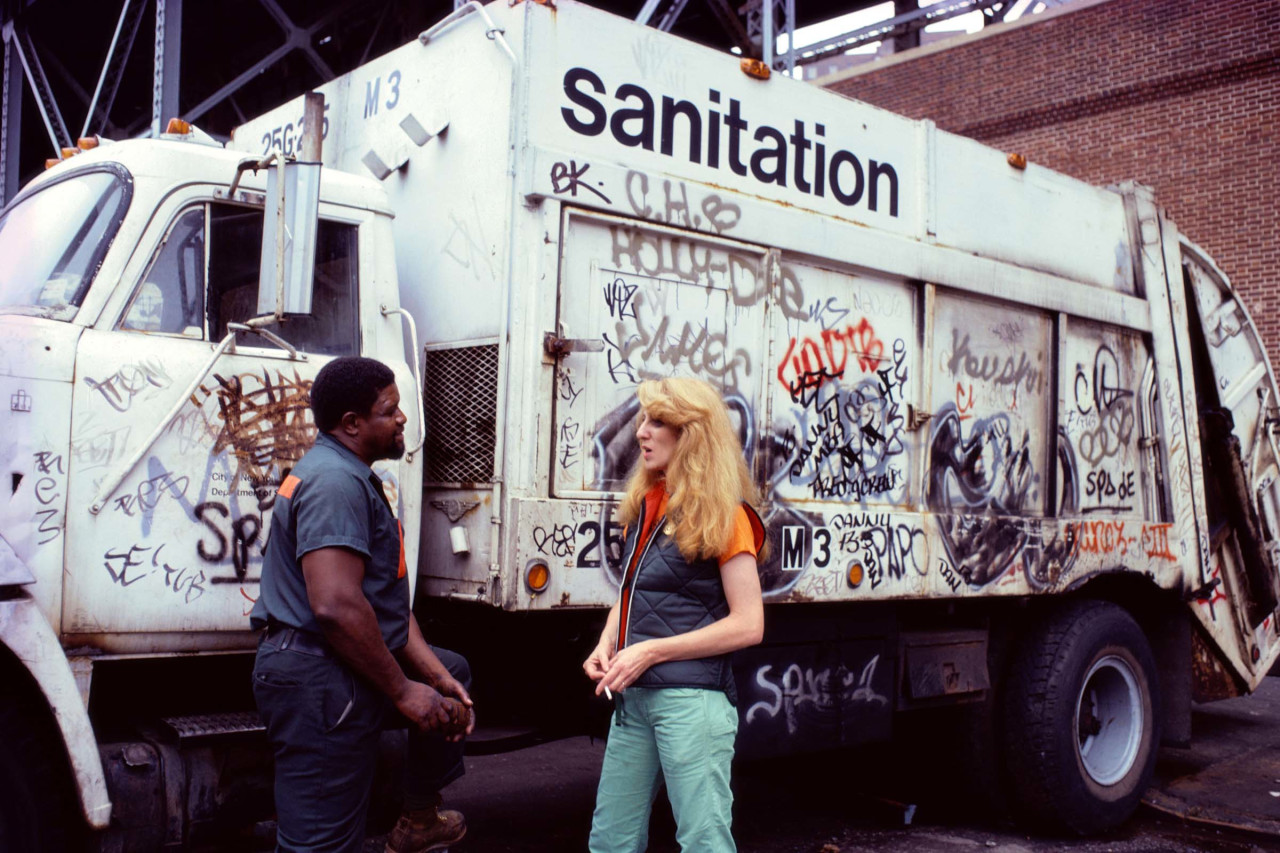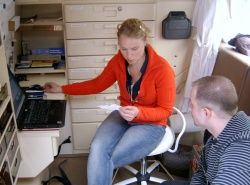year
post
Nov 11, 2010
2010 11 11 An Ethics Of Homelessness And A Der Spiegel Publicity Stunt
If you don't know Cabinet magazine, I humbly suggest that you rectify that fact. It's a weird and wonderful mix of art, science, history, and mischief—and, naturally, hard to describe. Editor Sina Najafi does a great job, though, in his essay for the collection What Is Research in the Visual Arts?
"In Cabinet, an academic essay, an artist's project, a short speculative essay, and a prank might be published next to each other, each displacing the other from its comfortable 'home.' If morality today requires us not to be at home in our own home, the juxtapositions within Cabinet . . . can be read as part of this ethics of homelessness, as a guarantee that no one genre or approach will feel at home and imagine others to be 'guests.'"
[schematic, above, and examples, below for Mary Mattingly's Wearable Homes project]
Najafi continues:
"For us, the field that seems best situated today for thinking through such homelessness is neither literature nor philosophy but art. Art is, and has been for a long time, an insecurity, a discourse able to define itself only through a set of negatives ('art is that which has no use value,' etc.) and only in relation to a set of institutional frameworks ('it is art if I say so'). These definitional 'shortcomings' have helped make art into the almost infinitely elastic field of activity that it is today."
Call it social sculpture or collaborative work, research-based, process-based, or interventionist practice, it's this kind of elasticity and shape-shifting that I'm interested in with my work. I'm making art—some of it studio-based, some of it design-based, some with scientists, and so on. The needs of the specific problem or opportunity determine the form(s) the work takes.
To put it another way: freely adopting an attitude of the "guest"—the newcomer, the learner—will open more avenues for innovation than relying too-defensively on familiar approaches (paintings about the environment, sculpture about feminism). Perhaps especially with a subject like disability, where sentimentality is everywhere, we need disruption, spectacle, critical collaboration.
[Mierle Laderman Ukeles's Touch Sanitation project] [image credit]
There's always plenty of complaining about strident political art, or work that sidelines aesthetic concerns. But embracing this "homelessness" allows artists to engage with big questions in a nimble fashion—circumventing the ordinary channels through which we expect to see cultures arbitrate power, visibility, moral authority. That interruption, in the form of spectacle or intervention, can tackle our lazy assumptions about critical social questions.
What does this look like? Here's my favorite example (addressing actual homelessness), in the work of Austrian art collective WochenKlausur:
Translated loosely, the groups says it's weeks in "enclosure, seclusion, and cloister." The core team of artists works at the invitation of art institutions to take roughly eight weeks and address a specific social problem in a given city. They do intense research, work in collaboration with artists who are local to the site, and they seek quick, innovative solutions that bypass the normal lobbying, committee-forming, op-ed-writing rituals.
Their initial project in 1992 addressed the need for free, accessible medical care for the homeless in Vienna. So they designed this mobile clinic, outfitting a van with all the requisite supplies:
It worked—for the span of time the "exhibit" called for. When the intervention was coming to a close, WochenKlausur reports, the city councilor with power to extend the service was dragging her heels. The group arranged for a journalist from Der Spiegel to contact the councilor, under the pretense of researching a story he had no intention of writing. That phone call and other press coverage—with all the "is it art?" controversy intact—got the project funded from the councilor's purse. It's been providing medical services to several hundred homeless patients every month since.
"Enough consumption, enough genuflection," this collective says. "This is a conception of art that feels responsible for the social, political, and economic conditions under which we live."
You can read more about the rationale for WochenKlausur's work and its relationship to activism here.
Mattingly's Wearable Homes via Tim Maly and Rob Holmes's essay, Wearable Ethics.






